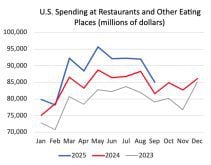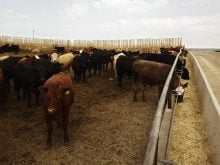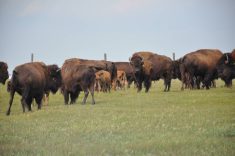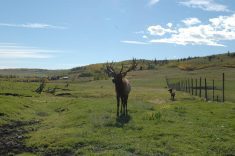A persistent drought in southern Alberta may force community pastures and grazing reserves to admit fewer cattle this spring.
“As of yet we haven’t made a decision not to close reserves,” said Jerry Wauters of Alberta Agriculture at Lethbridge.
Wauters oversees about 250,000 acres of grazing reserves in the region south of Calgary. Persistent drought over the last two years has taken its toll on grass growth and water supplies.
Anywhere from 25 to 50 percent fewer animals may be allowed onto the pastures if moisture does not arrive soon.
Read Also
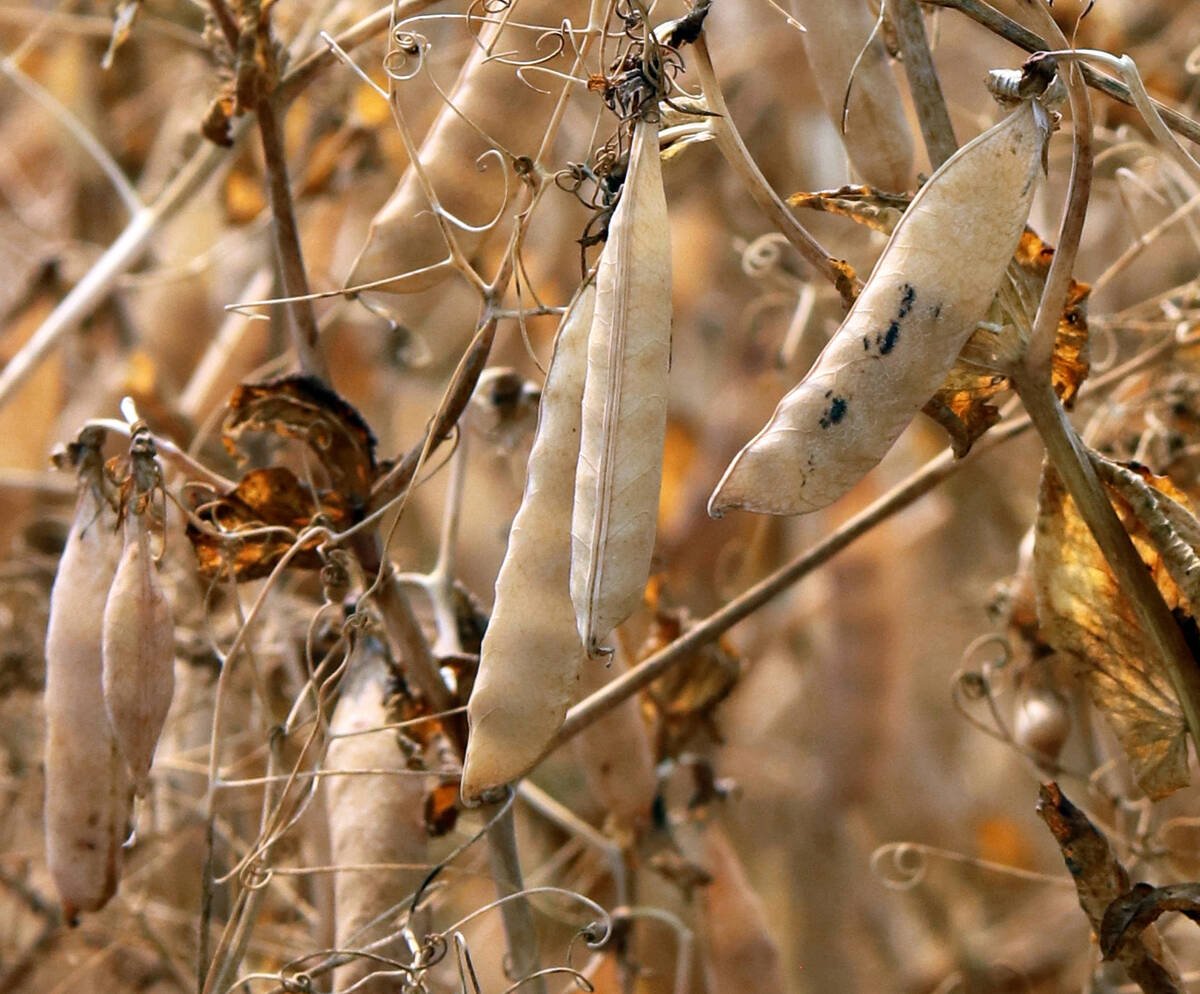
Trump’s tariffs take their toll on U.S. producers
U.S. farmers say Trump’s tariffs have been devastating for growers in that country.
A prairie fire last July on a grazing reserve near Del Bonita wiped out much of the area’s winter grazing. Only half of the normal animal units will be allowed to enter that pasture this year.
Dryland reserves will be reviewed in April to see if further cuts or possible closure are necessary.
“We need one good spring storm to fill the coulees and the lower areas to get some runoff,” said Wauters.
Ken Pitcher, who works with community pasture groups in the area north and east of Lethbridge, said no drastic measures have been taken.
Many are praying for a spring snowstorm to refill dugouts that were nearly dried out last summer.
“People made it through last year but many dugouts were down to the last couple feet,” he said.
Nevertheless everyone must be prepared for the worst during this drought cycle.
“Each association has to come up with a drought plan,” Pitcher said.
Drought proofing started last fall on Prairie Farm Rehabilitation Administration pastures.
Some dugouts were deepened and others cleaned out to hold more water, said Hugh Cook of PFRA in Regina. There are 24 PFRA- run pastures in Manitoba, 62 in Saskatchewan and one in Alberta at CFB Suffield near Medicine Hat.
So far the only PFRA pasture cutting numbers is at Bracken, Sask. Grazing rates at the Lone Tree grazing reserve have been cut back by 10 percent. In normal years, it accepts 1,125 adult cows.
The greatest concern on these pastures is water supply in dugouts and wells.
The PFRA plans to meet with pasture patrons next month to discuss the situation and contingency plans.
With mountain snowpack at less than its normal depth, Alberta Environment is predicting much below normal spring runoff in north-central, central and southern Alberta. The exceptions are the Sundre and Coronation regions where runoff is below normal. Besides dried out pastures, soil moisture conditions were much below normal last fall.




